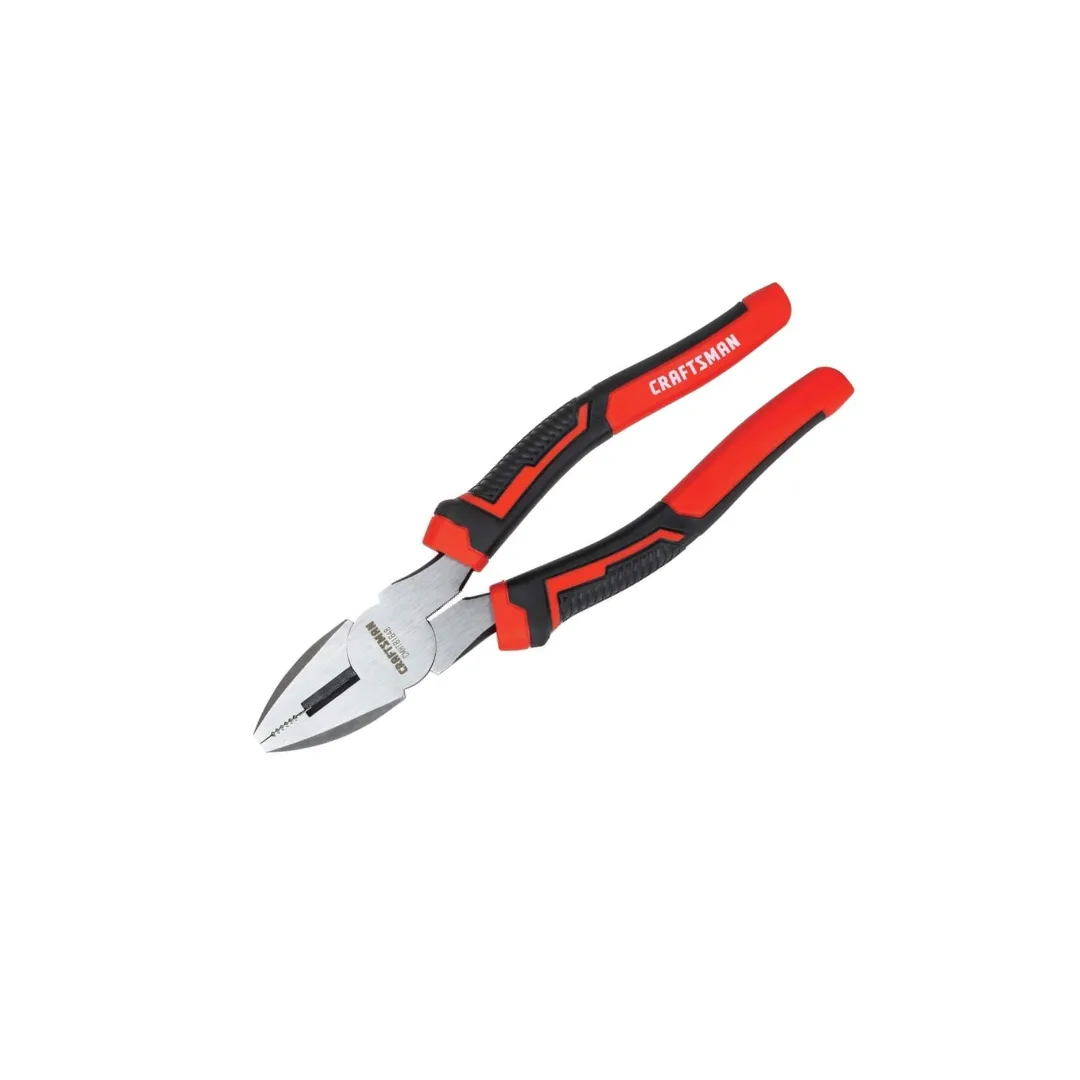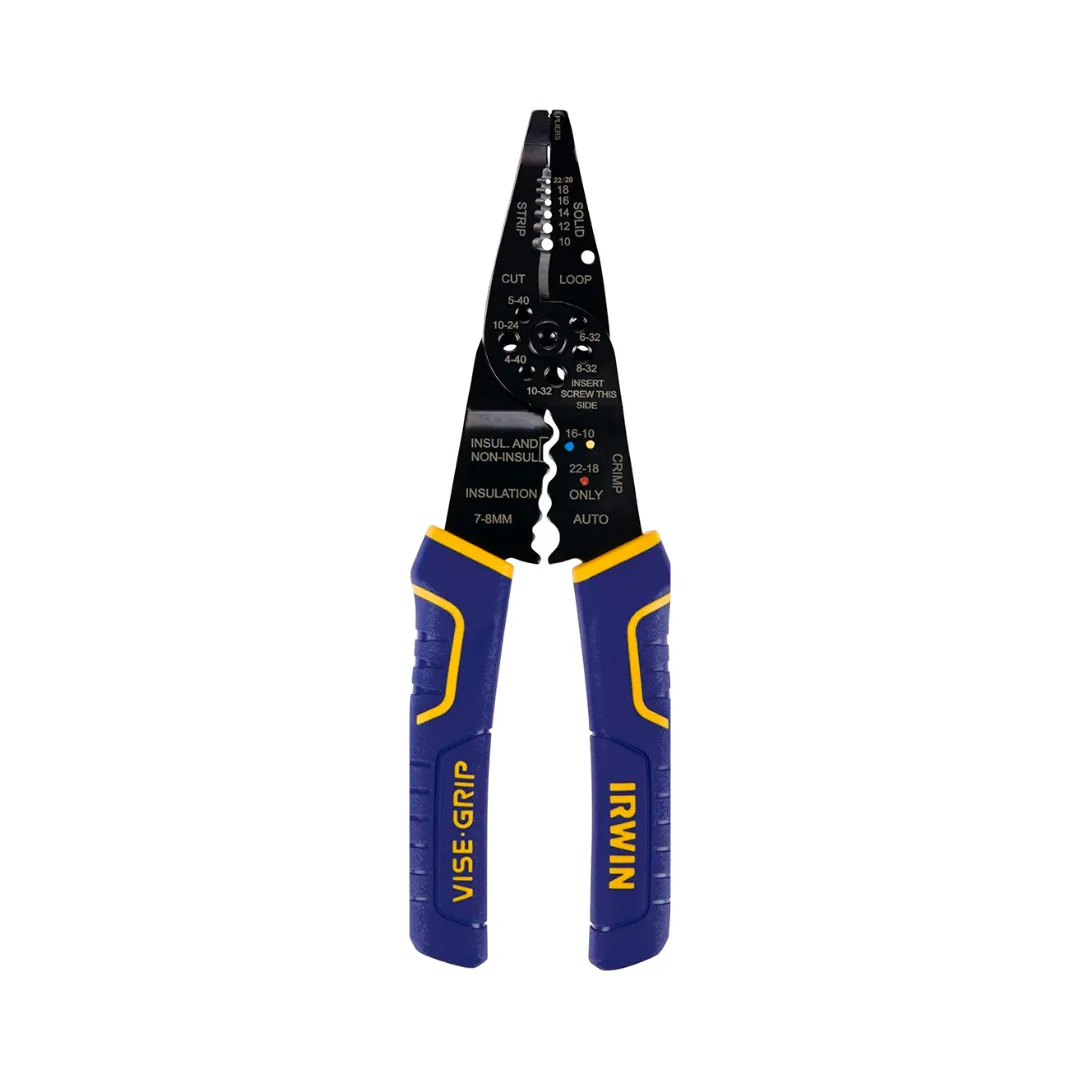We may be compensated if you purchase through links on our website. Our team is committed to delivering honest, objective, and independent reviews on home products and services.
In our digital age, the need for universal serial bus (USB) charging ports is everywhere. From smartphones and tablets to smartwatches and wireless earbuds, our homes are filled with devices that require regular charging. Fortunately, USB wall outlets offer a convenient solution, eliminating the need for bulky adapters and freeing up valuable outlet space. In the video above, This Old House electrician Scott Caron showcases various USB outlet options and demonstrates their installation, providing homeowners with practical insights for upgrading their charging capabilities.
Understanding USB Outlets
USB outlets are electrical receptacles that combine traditional power outlets with built-in USB ports. These devices allow you to charge USB-powered devices directly, without the need for a separate adapter. By integrating USB charging capabilities into your home’s existing electrical system, you can streamline your charging setup and reduce clutter.
Types of USB Outlets
There are several types of USB outlets available, each offering unique features to suit different needs:
- Combination outlets: Feature both standard electrical receptacles and USB ports
- High-amperage outlets: Offer faster charging speeds for devices that support it
- USB-C outlets: Provide compatibility with newer devices that use USB-C connectors
- USB-only outlets: Designed exclusively for USB charging, these outlets forgo traditional power receptacles
Benefits of USB Outlets
USB outlets integrate seamlessly into various room decors, making them both functional and visually pleasing additions to any living space. Installing USB outlets in your home can offer numerous advantages:
- Convenience: Charge devices without searching for adapters
- Space savings: Free up standard outlets for other appliances
- Reduced clutter: Eliminate the need for multiple chargers and cords
- Energy efficiency: Many USB outlets are designed to minimize standby power consumption
- Aesthetics: Create a cleaner, more organized look in your living spaces
USB outlets also contribute to a safer home environment by reducing the number of loose wires and clutter.
Choosing the Right USB Outlet
When selecting a USB outlet for your home, consider the following factors to ensure you choose the best option for your needs.
Power Output
The power output of a USB outlet is important for determining charging speed. Look for outlets that offer at least 2.4 amps per port for efficient charging. Some high-powered options can deliver up to 4.8 amps across multiple ports, allowing for faster charging of devices that support it.
For high-demand devices such as tablets and certain smartphones, high-amperage outlets are essential. They ensure that your devices charge quickly and efficiently, avoiding delays due to limited power output.
Number of Ports
Consider how many devices you typically need to charge simultaneously. USB outlets come with varying numbers of ports:
- Single-port outlets: Ideal for areas where you only need to charge one device at a time
- Dual-port outlets: Offer a good balance between charging capacity and space efficiency
- Four-port outlets: Perfect for high-traffic areas or households with multiple devices
Having multiple ports can significantly enhance the functionality of a single outlet. In busy environments, like households with several members or high-traffic office spaces, multiple-port USB outlets can meet everyone’s needs without the clutter of numerous chargers.
Compatibility
Ensure the USB outlet you choose is compatible with your devices. While most outlets feature standard USB-A ports, newer models may include USB-C ports for faster charging and compatibility with the latest devices.
Keep in mind that devices are continuously evolving, and having outlets that can adapt to various connectors ensures long-term usability and convenience.
USB Outlet Installation Considerations
Before installing a USB outlet, consider these factors to ensure a safe and effective setup:
Electrical Requirements
USB outlets typically require a 15-amp or 20-amp circuit. Check your home’s electrical system to ensure it can support the additional load. If you’re unsure, consult a licensed electrician to assess your wiring and make any necessary upgrades.
Handling electricity can be hazardous, and proper precautions must be taken to ensure safety. Understanding your home’s electrical capabilities will help you make an informed decision and prevent potential issues.
Location Selection
Choose strategic locations for your USB outlets based on where you commonly charge devices. Some popular areas include:
- Bedside tables
- Entryway consoles
- Home office desks
- Kitchen counters
- Living room end tables
Placing USB outlets in these key locations ensures that you always have easy access to charging points when needed. Consider how you use each room and where your devices are often left to charge overnight or during the day.
Professional vs. DIY Installation
While some homeowners may feel comfortable installing USB outlets themselves, it’s often best to hire a professional electrician. This ensures the installation is done safely and in compliance with local electrical codes. Hiring a professional can provide peace of mind, knowing that the job will be done correctly and safely.
If you do decide to tackle the project yourself, always turn off the power at the circuit breaker before beginning any electrical work.
Innovative USB Outlet Solutions
Scott Caron demonstrates several creative USB outlet solutions, showcasing options that go beyond simple wall-mounted receptacles.
In-Drawer Charging Stations
For a clutter-free charging solution, consider installing a USB hub inside a drawer. This option, as shown by Scott, allows you to charge multiple devices while keeping them out of sight. The hub is powered by an extension cord that can be routed through the back of the cabinet or into the basement, providing a clean and organized look.
In-drawer charging stations are ideal for kitchens, home offices, or bedrooms. They keep countertops and desktops free of cables, making for a more streamlined and tidy environment.
Countertop USB Outlets
Installing USB outlets directly into your kitchen countertop or backsplash area offers convenient charging access where you need it most. This setup allows you to charge devices while using them, perfect for following recipes on a tablet or keeping your phone powered up during meal prep. It provides a dedicated space for charging without taking up valuable counter space.
USB Outlet Adapters
For those who don’t want to replace their existing outlets, Scott presents a clever adapter solution. These devices fit over your current outlet, using brass prongs to make contact with the outlet’s screws. This provides USB charging capabilities without the need for hardwiring, making it an excellent option for renters or those looking for a quick and easy upgrade.
USB adapters are versatile and can be moved from room to room as needed. They offer a flexible option for those who may not want to commit to a permanent installation.
USB Outlet Maintenance and Safety
To ensure the longevity and safe operation of your USB outlets, follow these maintenance and safety tips:
- Regularly inspect outlets for signs of wear or damage.
- Keep outlets clean and free from dust and debris.
- Avoid overloading outlets by plugging in too many high-powered devices.
- Replace outlets immediately if they show signs of malfunction or overheating.
- Use surge protectors to safeguard against power fluctuations.
Maintaining your USB outlets is essential for preventing electrical issues and ensuring continuous functionality. Regular checks and proper usage can extend the life of your outlets and keep your devices charging safely.



